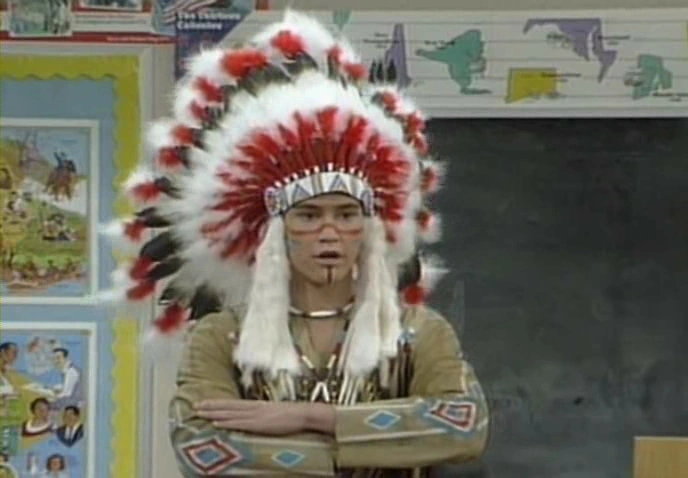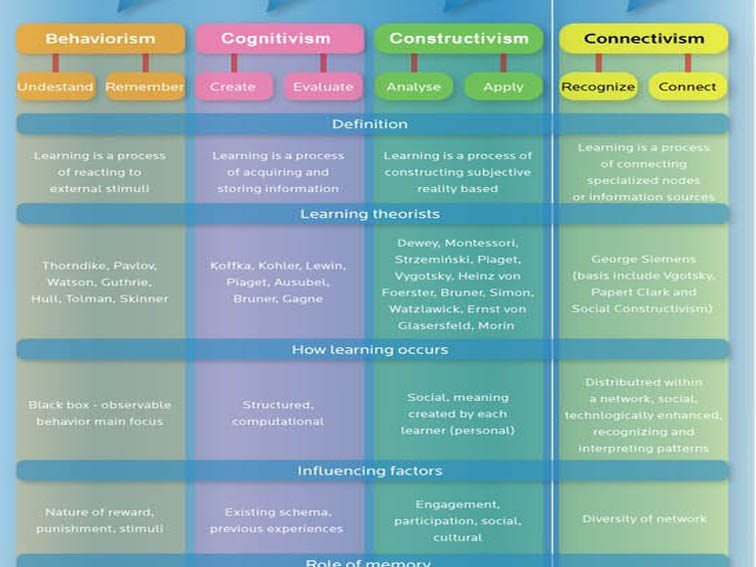Preface
The preface
discusses our educational system today and some of its flaws. As stated
in the preface, "today’s students need a globally conscious
education." However, the preface discusses how globalism are
considered as “fighting words.” How many of our school systems get this
globally conscious education? The preface also talks about preparing our
youth and our educational systems today. We should look at things such as
"human conflict, climate change, poverty, the spread of disease, the
control of nuclear energy". Unfortunately, as the preface stated,
there is "no deep desire for such innovative education".
Flexible, cooperative thinking is a second priority to some schools.
Testing seems to have taken the front seat in education today. The
youth seem to dismiss Young prejudices that their elders would normally have.
What our educational system needs to focus on is we "learn from
countries doing well." Unfortunately, I believe our school systems today
have out more of an emphasis on testing than global literacy.
Chapter 1
Chapter 1 discusses our digital
age. How can a change the look of the current student to fit the
ever-changing technological world? Due to "digital revolution and mass
migration" are requiring a new form of a student to be formed. Now,
we need a well diverse student who is capable of keeping up with the
digital age. The chapter states, students need to be more
"powerful" so they are prepared to collaborate and possibly compete
with the surround countries. The chapter also outlines three focus areas:
- The flattened global economy and changing demands of
work
- Unprecedented global migration
- Climate instability and environmental stewardship
The flattened global economy
addresses the idea of students able to look at information differently and
creatively portray this information. Workers need to be able to
synthesize this information as well as project it to the crowd in an effect
manor. The flattened global economy discusses how to prepare our students
for these changes to come. A "globally competent student prepares by
learning how to investigate matters of global significance." So what is
global significance? How can we distinguish and are some of our students
ready to do so? This leads me to my next focus area, unprecedented global
migration. The world is an ever-changing place. Immigration is
taking place throughout the world. People are migrating to various places
for a variety of reasons. "Global migration is felt in the
classrooms, neighborhoods, markets, and streets of both sending and receiving
societies." For example, the United States has many people come into our
country with the expectation we understand their culture, values and beliefs
even though they may differ from ours. Regardless of the
ongoing blending in our nation, "preparing our youth to participate
successfully in a world of increasing social, cultural, ethnic, linguistic, and
religious diversity" is essential. It requires teachers to
incorporate various subject areas such as history, language, geography, and
cultural differences. The last focus area in the chapter is climate
instability and environmental stewardship. The climate has changed.
Many people believe it is because of the gases we add to our atmosphere while
others believe it is the ever changing world around us. The chapter says,
"Because the greenhouse gases do not respect national borders, the problem
is essentially a global one." The world as a whole is experiencing
differences in the climate. In recent years alone we have witness extreme
temperatures and an increase number of natural disasters as well as more
violent ones. So how can we help prepare our students to deal with the
climate change? The chapter states, "It will require students to
understand how energy consumption in one place affects living conditions of
people on the other side of the world and how we all depend on the same
atmosphere for life". Without being in another ones shoes this is a very
difficult but not impossible task.
Chapter 4- Globally competent
students recognize perspectives
Chapter 4 looks at the student and
how we as teachers can help them recognize differences, embrace them and make their
perspectives. Encouraging a wealth of knowledge
in history, culture, and current events is important to instill in our
students. Therefore "students with global competence and be able to
make their own perspectives.” According to chapter 4 globally competent
students are able to see perspectives in a few ways such as the
ones listed below:
• Recognize and express their own perspective on situations, events, issues, or phenomena and identify the influences on that perspective.
• Examine perspectives of other people, groups, or schools of thought and identify the influences on those perspectives.
• Explain how cultural interactions influence situations, events, issues, or phenomena, including the development of knowledge.
• Articulate how differential access to knowledge, technology, and resources affects quality of life and perspectives.
The chapter also discussed teachers
giving their students opportunities to explore shelters across the
globe. Todd Elkin is a teacher who brought his students through a project
demonstrate ways they can recognize global perspectives. The students
were able to Skype and connect through blog post to various parts of the
world. This exercise showed the students different cultures and values.
The chapter stated, "For the American students, the project raised
awareness of world inequality and their relatively privileged lifestyles. This
was especially true for suburban students, who saw in the project an
opportunity to revisit their own place gratefully and critically.” The chapter
went on to say, "the students appreciated their access to technology, not
having to work, and the relatively safe and tidy neighborhoods they live in.
They came to understand how living in this context influences their perception
of standards of living.” A very important lesson for students to see on a
global level. The last focus area of the chapter revolved around
humor. The chapter defined humor as "determined by observations made
by one or multiple people.”. In this case, humor in Afghanistan was very
different than what we see in the United States. To most Americans, humor
is a demonstration of laughter and joy whereas in Afghanistan in order to truly
laugh “you must be able to take your pain and play with it.” A sad but
necessary concept to look at. By looking at peoples
beliefs on a global level allows us to develop intercultural
awareness. This enhances our society and enriches our own culture.
Responses to the questions on page 9:
I. From your perspective, in what ways are the societal and environmental
transformations here described affecting your students’ lives today? How will they
be affected in the future?
Looking at the array of points discussed in all three of the readings I find it very difficult to say our society and school exercises the idea of global importance. Unfortunately, I believe our students are being pushed to connect with sister schools. Although extremely important, global connection isn't in the curriculum and unfortunately thrown to the side in most subject area. This will severely affect my students in the future. As discussed in my comments about the National Geographic Survey, I do not believe my students would do as well as I would like them to. Unfortunately I believe this because my students seem to be focused on the here and now. If it affects them at the current time they can address it. For example, a couple years ago I was discussing the importance of standing for the pledge at the beginning of the year. To one student it was in his terms "too much work" and unnecessary. It wasn't until his father was called to into duty to be aware of the importance. From them one he would become very upset with students who did not respect our beliefs as a country. I believe it is the "how does it affect me now" concept teachers need to get through to our students. How does it affect them now and in the future? Without the knowledge of global education, our competency to be able to protect, help, and give support is hindered.
II. In your opinion, what are the key reasons for educating for global competence?
What are the barriers such an education might confront?
I believe some of the key reasons for education for global competence is partially due to safety but also it is what truly makes an educated person. The United States for example, has embraced a variety of cultures. Most of these cultures are still not fully understood by the American people yet we embrace them as our own. A diverse country "makes many color" whereas a country with little diversity is seen as "black and white". Unfortunately, there are many barriers in our educational system that hinders this education. One barrier I see is testing and lack of time. During the course of a year, a majority of the classroom time is spent on the testing of our students. Because I teach at a school where our scores are not up to standard, this is more of an emphasis then other schools. Funding is important in our school and therefore our scores must meet a certain criteria. Unfortunately, global competency is not on a test and therefore given a backseat to some of the content area. Although change to this is the teachers themselves. In my classroom alone, I have 5 very different cultures. We share those cultures and embrace them throughout the semester. They add their input based on the unit being taught and therefore gives some of my students a quick insight to their beliefs.
III. In your current opinion, what distinguishes a high- from a low-quality education for
global competence?
I believe a high education for global competence demonstrates a clear understanding of the various cultures. Not only does the teacher embrace the culture but also shares various aspects of the culture. I believe one was to incorporate this into a unit is to develop a relationship with a sister school in a different country. Talk with them, share blogs and ideas. The #walkmyworld project seems to do just that. I believe it would be an interested project to bring into my classroom. The ability to not only understand the culture but to also embrace and connect with the culture can make it a truly high quality education. A teacher must stray from the idea of what do I have to teach to how can I embrace the culture and connect my students with it. Sharing common interests is only one way I believe this can be done.
References:
Mansilla, V., & Jackson, A. (2011).
Educating for global competence: Preparing our youth to engage the world. New York, N.Y.:
Asia Society ;.


